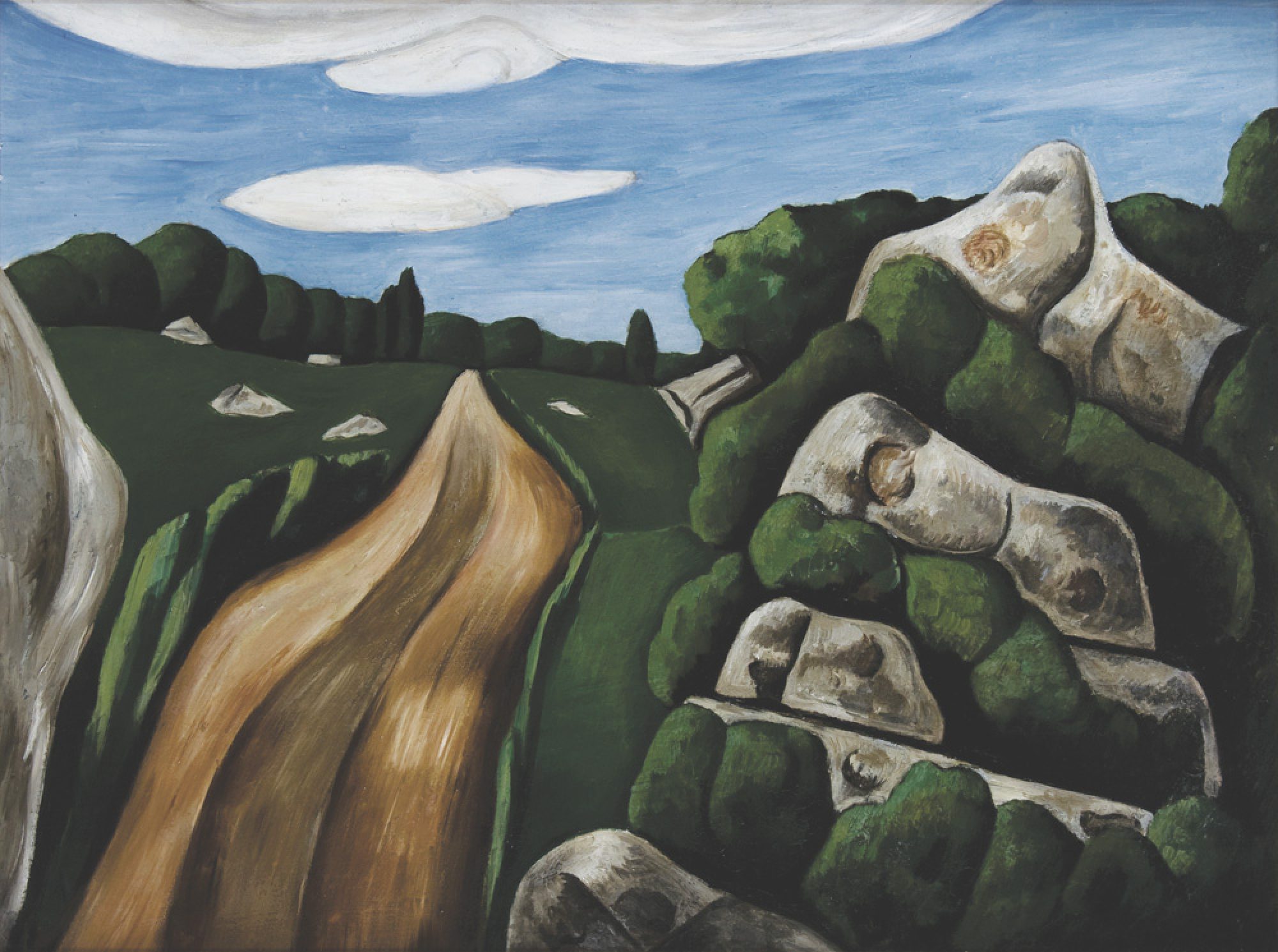Trail Site #5 : A. W. Buhler Studio, 17 Rocky Neck Avenue
DIRECTIONS: From #9, walk past the parking lot to the point where the road forks. #17 Rocky Neck Ave (now Side Street Gallery) will be on the right directly opposite Sailor Stan’s Restaurant.

Augustus Waldeck Buhler (1853-1920) moved into the newly constructed studio at 17 Rocky Neck Avenue on Smith’s Cove, once called “the cove with a thousand masts”, in 1903. The front façade remains unchanged today, but the building then stood completely on pilings and was entered by a ramp over the tidelands from the sidewalk. Having maintained a summer studio on Rocky Neck since 1898, Buhler had prospered from such paintings as his best known work, Man at the Wheel, 1901, which was purchased by Gorton’s of Gloucester and continues to be used as its trademark. This painting served as the inspiration for the famous Gloucester Fisherman statue by Leonard Craske, which overlooks the harbor from Stacy Boulevard, and is recognized and loved by tourists the world over.
Born to Prussian refugees in New York City, Buhler began his artistic studies as a youth when his family moved to Worcester, Mass. At 26, he married, moved to Boston, and studied under Tommaso Juglaris, who taught at the Boston Art Club and the Rhode Island School of Design. He went on to spend time in Europe, studying at the Academie Julian and painting in Holland and France. On returning, he settled in Boston and began summering in Gloucester in 1885, initially across Cape Ann in the village of Annisquam.


Buhler accurately depicted the bravery and fortitude of fishermen as they pitted themselves against a bountiful but sometimes unforgiving sea. Buhler knew the people in his paintings personally and he understood the dangers faced by these North Atlantic fishermen and the losses the sea wrought upon them. In his paintings, he memorialized the heroic calling of fishermen and also captured these adventurous characters in their quieter times, in harborside fish shacks, around a checkerboard or discussing local news. Buhler believed that, “Artists are to a great extent historians. They tell the story of their own times.”
